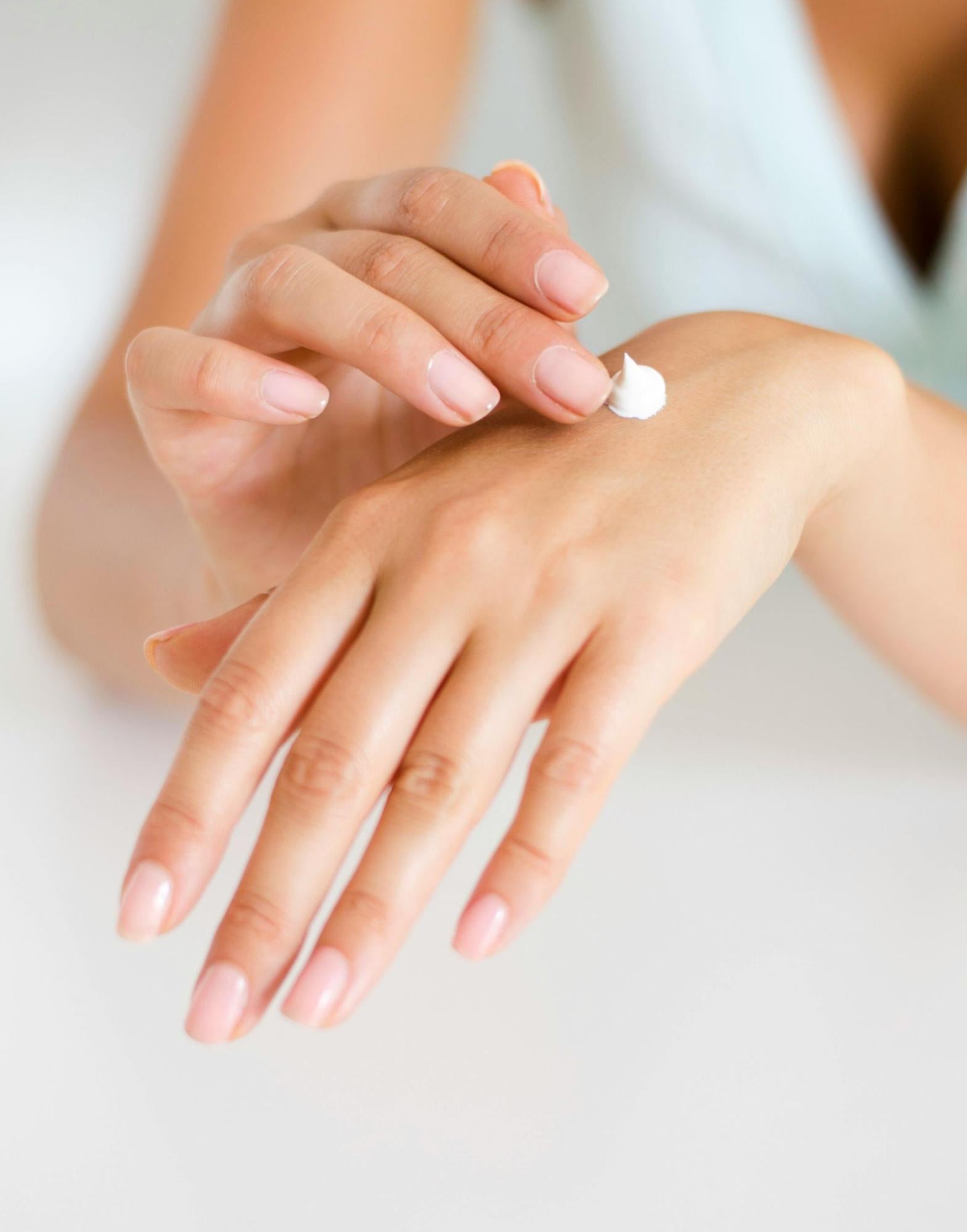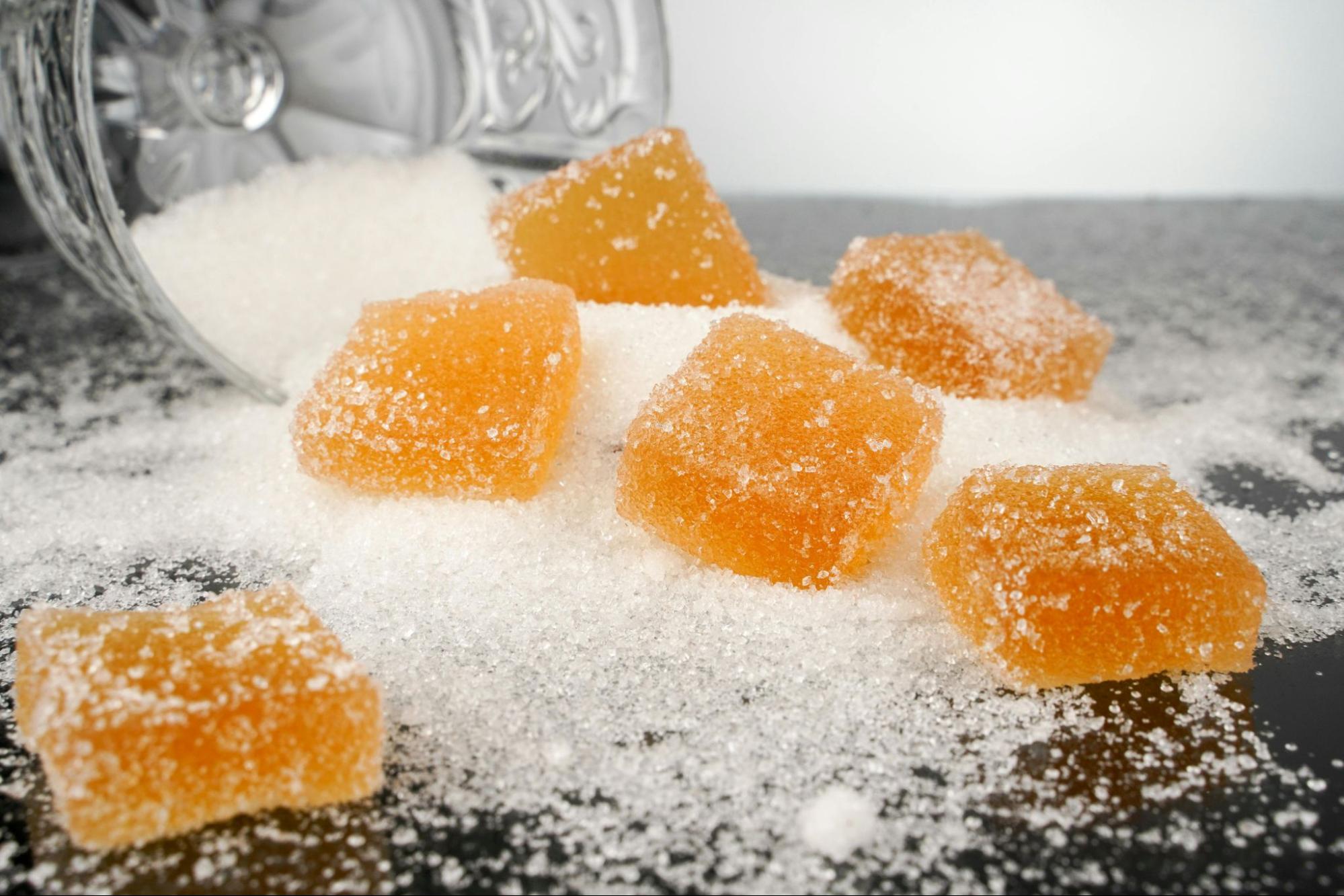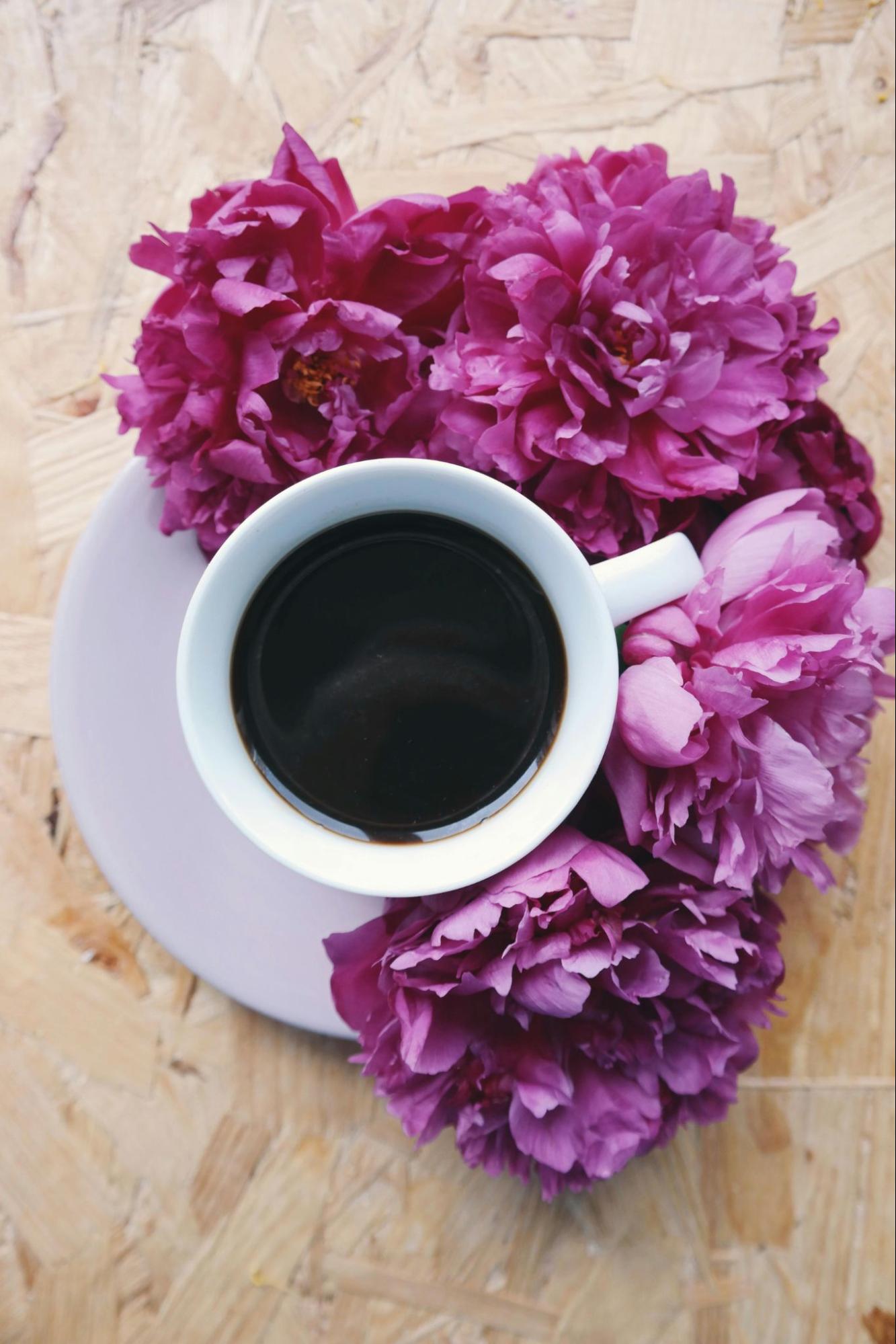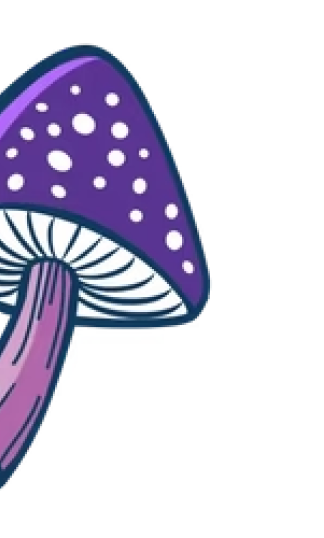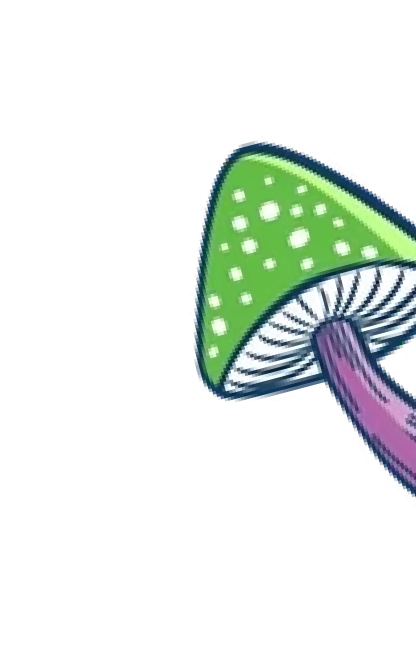Reishi mushroom tea has gained popularity in recent years due to its potential health benefits. This article will guide you through the process of making this medicinal tea, from understanding the benefits to storing and preserving it for long-term use. So, let's dive in and learn how to make reishi mushroom tea!
Understanding the Benefits of Reishi Mushroom Tea
Reishi mushrooms, also known as Ganoderma lucidum, have a long history of use in traditional Asian medicine for their potential health benefits. These unique fungi are highly regarded for their anti-inflammatory and antioxidant properties, which have been linked to a wide range of health advantages.
Legend has it that reishi mushrooms were so rare and precious that they were reserved for royalty in ancient China. Known as the "mushroom of immortality," reishi was believed to promote longevity and vitality. Today, modern research is beginning to uncover the science behind these ancient claims, shedding light on the mechanisms by which reishi mushrooms may benefit human health.
The Nutritional Profile of Reishi Mushrooms
Reishi mushrooms boast a rich nutritional profile, containing bioactive compounds such as polysaccharides, triterpenes, and amino acids. These compounds work synergistically to support various aspects of health, making reishi mushrooms a valuable addition to your diet.
Furthermore, reishi mushrooms are a rare source of a group of triterpenes called ganoderic acids, which are not commonly found in other mushrooms. These unique compounds have been studied for their potential to support liver health and aid in the body's natural detoxification processes.
Health Advantages of Regular Consumption
Regular consumption of reishi mushroom tea is believed to offer a myriad of health benefits. From bolstering the immune system and reducing inflammation to promoting better sleep quality and enhancing liver function, the potential advantages are vast. Some studies even suggest that the bioactive compounds in reishi mushrooms may have anti-cancer properties, though more research is required to fully understand their impact on cancer prevention and treatment.
Overall, incorporating reishi mushroom tea into your wellness routine may provide a natural way to support your health and well-being. As with any natural remedy, it's essential to consult with a healthcare provider before making significant changes to your diet or lifestyle to ensure it aligns with your individual health needs and goals.
Gathering Your Ingredients for Reishi Mushroom Tea
Before you start making reishi mushroom tea, ensure you have all the necessary ingredients on hand. It's important to gather everything you need to create a soothing and beneficial brew.
When selecting your ingredients, opt for high-quality items to ensure the best possible outcome for your reishi mushroom tea. The quality of your ingredients can significantly impact the taste and health benefits of the final product.
Essential Ingredients for the Tea
- Dried reishi mushrooms: Aim for high-quality, organic mushrooms to maximize their potential benefits. The quality of the mushrooms can influence the richness and potency of the tea.
- Water: Use filtered or spring water for the best results. The purity of the water will help extract the flavors and nutrients from the reishi mushrooms effectively.
Optional Additions for Enhanced Flavor
While not necessary, you can enhance the flavor of your reishi mushroom tea by adding natural sweeteners like honey or stevia. These additions can provide a touch of sweetness that complements the earthy tones of the mushrooms. Furthermore, you may choose to add a squeeze of fresh lemon for a hint of tanginess or incorporate slices of ginger for a subtle spicy kick, elevating the overall flavor profile of your tea.
Experimenting with different combinations of optional ingredients can help you customize your reishi mushroom tea to suit your taste preferences. Whether you prefer a sweeter brew or enjoy a more complex flavor profile, these additions offer versatility and allow you to tailor your tea-drinking experience to your liking.
Step-by-Step Guide to Making Reishi Mushroom Tea
Preparing the Reishi Mushrooms
Start by rinsing the dried reishi mushrooms under cold water to remove any dirt or debris. Once clean, place the mushrooms in a pot or tea kettle.
Fill the pot with water, using a ratio of approximately 1 cup of water per 1-2 grams of mushrooms. Let the mushrooms soak in the water for at least 6 hours, or preferably overnight. This soaking process helps release the beneficial compounds.
After soaking, gently simmer the mushrooms over low heat for 2-3 hours. This slow simmering allows the mushrooms to release their flavors and beneficial properties into the water.
For an added depth of flavor, you can consider incorporating other herbs or spices during the simmering process. Common additions include cinnamon sticks, star anise, or even a few slices of fresh ginger. These complementary flavors can enhance the overall taste profile of the reishi mushroom tea, creating a more complex and aromatic brew.
Furthermore, if you prefer a sweeter brew, you can add a natural sweetener like stevia or maple syrup during the simmering stage. This will infuse the tea with a subtle sweetness that balances out the earthy notes of the reishi mushrooms.
Brewing the Tea
Once the mushrooms have simmered, strain the tea to separate the liquid from the solid mushrooms. You can use a fine-mesh strainer or cheesecloth for this purpose. Collect the liquid in a teapot or pitcher.
Your reishi mushroom tea is now ready to be enjoyed. Pour the tea into cups or mugs and add any optional ingredients, such as honey, lemon, or ginger, according to your taste preferences.
Serving Suggestions for Reishi Mushroom Tea
Reishi mushroom tea can be enjoyed both hot and cold, depending on your preference. You may also choose to dilute the tea with additional water if you find the flavor too strong. Remember to stir the tea well before serving to ensure an even distribution of the beneficial compounds.
For a refreshing twist, consider serving the reishi mushroom tea over ice with a sprig of fresh mint as a garnish. This chilled version of the tea is perfect for hot summer days, offering a cooling and invigorating beverage option.
Tips for Storing and Preserving Reishi Mushroom Tea
Reishi mushroom tea is not only a delicious beverage but also a powerful immune-boosting elixir. To ensure that you get the most out of your reishi mushroom tea, it is crucial to store it properly.
Proper Storage Techniques
To maximize the shelf life of your reishi mushroom tea, store it in an airtight container in the refrigerator. This helps preserve its freshness and potency. The cool temperature of the refrigerator slows down the oxidation process, maintaining the tea's beneficial properties for a longer period.
Alternatively, you can freeze the tea in ice cube trays for longer-term storage. Freezing the tea not only extends its shelf life but also provides a convenient way to portion out individual servings. Simply pop out a reishi mushroom tea ice cube whenever you need a quick and refreshing dose of this healthful brew
Another effective method for preserving reishi mushroom tea is to dehydrate brewed tea into a concentrated form. By using a dehydrator or oven on low heat, you can remove the moisture from the brewed tea, creating a powder that can be stored in a sealed container. This powder can then be reconstituted with hot water whenever you're ready to enjoy a cup of reishi mushroom tea.
Shelf Life of Brewed and Unbrewed Tea
When stored properly, brewed reishi mushroom tea can last up to 5 days in the refrigerator. To ensure its freshness, store the tea in a glass container to prevent any unwanted flavors from seeping in. Unbrewed dried mushrooms have a longer shelf life and can be stored for several months in a cool, dry place. Make sure to keep them away from direct sunlight and moisture to maintain their quality.
Common Mistakes to Avoid When Making Reishi

Mushroom Tea
Overcooking the Mushrooms
Although simmering the mushrooms is necessary to extract their beneficial compounds, overcooking can lead to a bitter taste. Avoid boiling the mushrooms or simmering for too long.
Reishi mushrooms are known for their adaptogenic properties and are believed to support the immune system and reduce stress. To preserve these delicate compounds, it's essential to simmer the mushrooms gently and not expose them to high heat for an extended period. This way, you can enjoy a flavorful and nutrient-rich tea without the unpleasant bitterness that comes from overcooking.
Using the Wrong Water to Mushroom Ratio
Using too much water can dilute the flavor and potential benefits of the tea while using too little water can result in a strong and overpowering taste. Aim for a balanced ratio of 1 cup of water per 1-2 grams of mushrooms.
When preparing reishi mushroom tea, it's crucial to strike the right balance between water and mushrooms to achieve the perfect infusion. The ideal ratio ensures that you extract the maximum amount of beneficial compounds from the mushrooms without overwhelming your taste buds. Experiment with different ratios to find the strength that suits your palate and desired effects.
Conclusion
Now that you know how to make reishi mushroom tea, you can enjoy this flavorful beverage while potentially reaping its health benefits. Remember to gather your ingredients, prepare the mushrooms properly, and brew the tea with care. Alternatively, try an already ready drink for easier use, like this one by Meting Forest. With proper storage techniques and an understanding of common mistakes to avoid, you can savor this unique tea for months to come.



